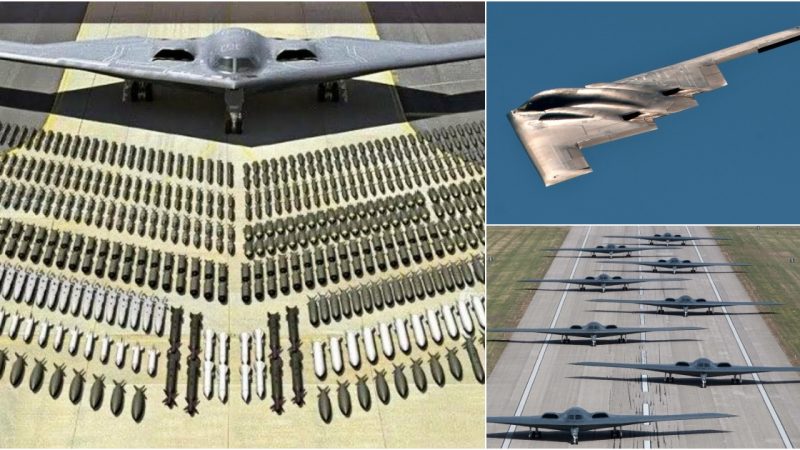China’s Aviation Industry Corp of China (AVIC), the state-owned aviation conglomerate, has unveiled its plans to initiate sea-based flight tests for its cutting-edge AG600 aircraft in Qingdao, located in East China’s Shandong province. The AG600 prototype has already undergone 172 preparatory flights, accumulating an impressive 308 hours in the air. Currently, there are two AG600 prototypes in various stages of testing, one designated for flight tests and the other for ground-based static assessments. AVIC also has plans to commence the construction of four additional AG600 prototypes for further testing.
The AG600, known as the “Monstrous Sea Dragon,” is a substantial amphibious aircraft developed by AVIC and assembled by CAIGA. Powered by four WJ-6 turboprop engines, it ranks among the world’s largest flying boats, boasting a maximum takeoff weight of 53.5 tons (118,000 pounds). This ambitious project, which spanned five years of development, saw assembly begin in August 2014, with the aircraft’s rollout occurring on July 23, 2016. Its inaugural flight took place on December 24, 2017, departing from Zhuhai Airport. Certification is expected in 2021, with deliveries slated to start in 2022. Initially referred to as the TA-600, it later adopted the name Dragon 600 before settling on AG600. The prototype was unveiled at the Zhuhai AVIC factory on July 23, 2016.
The AG600 amphibious aircraft features a single-body flying boat fuselage, cantilevered high wings, four WJ-6 turboprop engines, and tricycle retractable landing gear. It is capable of operating from stretches of water measuring 1,500 by 200 meters (4,920 by 660 feet) and up to 2.5 meters (8.2 feet) in depth. Additionally, it can perform operations in Sea State 3 conditions, even with 2-meter (6.6-foot) waves. Its primary purposes include aerial firefighting, with the ability to collect 12 tons (26,000 pounds) of water in just 20 seconds, as well as search and rescue missions, facilitating the retrieval of up to 50 individuals at sea. Manufactured by CAIGA, the AG600 measures 36.9 meters in length, boasts a wingspan of 38.8 meters, and features a maximum takeoff weight of 53.5 tons (118,000 pounds) on paved runways or 48.8 tons (108,000 pounds) on choppy seas.
AVIC proudly claims that the AG600 is the world’s largest amphibious aircraft. Although it surpasses the 41-ton (90,000-pound) MTOW of the Beriev Be-200 and the 47.7-ton (105,000-pound) ShinMaywa US-2, it is lighter than the unique 86-ton (190,000-pound) Beriev A-40, which remains in the prototype stage. When compared to previous seaplanes, the AG600 is notably lighter than the 75-ton (165,000-pound) Martin JRM Mars and other massive prototypes like the 100-ton (220,000-pound) Blohm & Voss BV 238, 156-ton (345,000-pound) Saunders-Roe Princess, and 180-ton (400,000-pound) Hughes H-4 Hercules. This significant capability allows it to access remote atolls, including those in the contested South China Sea’s Spratly Islands, which are claimed by multiple neighboring nations. With a range that enables it to fly from the southern city of Sanya to James Shoal, the southernmost point of China’s territorial claims, in just four hours, the AG600 is poised to play a pivotal role in regional aviation.









